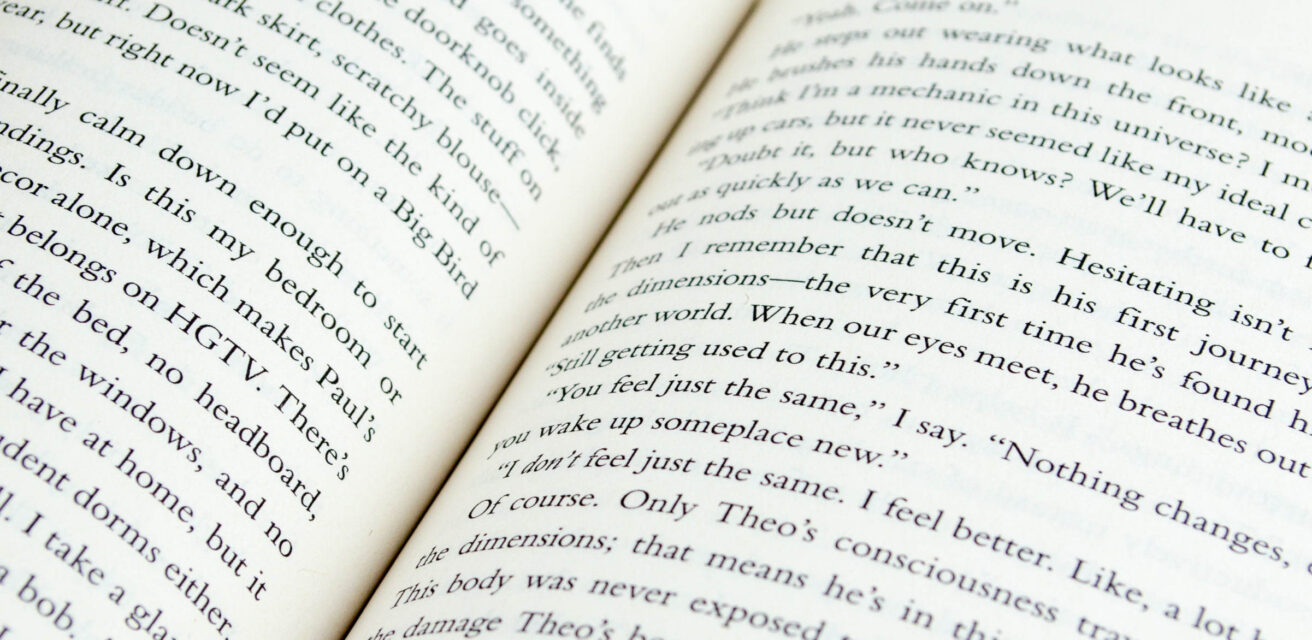
Editing Tips: Fact-Checking Fiction
Fiction is all about the suspension of disbelief, and factual errors can be distracting. Thus, when editing or proofreading a novel, you might need to raise issues of factual accuracy for your client, especially when a work of fiction is set in the real world. In this post, then, we set out some tips on what to look for when fact-checking fiction, including:
- Anachronisms and other issues related to timelines and historical events.
- Inaccurate descriptions of geography and locations.
- Errors related to technical knowledge, languages, and practices.
We also cover deliberate errors and when fact-checking is part of an editing remit.
Timelines and Historical Events
Some of the most common factual errors in fiction are related to history and historical events. These are known as anachronisms. Common examples include:
- Incorrect dates of real historical events or muddled timelines.
- Mentions of technology or culture from a different era to the one depicted.
- Anachronistic language (e.g., modern slang in a period piece).
- Attitudes or behaviors that are inconsistent with the era in which a story is set.
These issues can puncture the believability of the story and characters (e.g., if a character in a novel set in the 1710s kept calling people “dude”). And even minor errors can be distracting for some readers (e.g., a mention of the 1975 movie Jaws in a novel set in 1974).
If you spot any issues related to dates, timelines, or the era in which a story is set, then, make sure to leave a comment for your client. This is especially important in historical fiction, where getting the details of the setting right can be vital for worldbuilding.
Geography and Locations
When stories are set in the real world, geography can be a key factor to making a setting feel real. Consequently, you might want to highlight issues related to the following:
- Names of locations, streets, and landmarks (and their spelling).
- Physical descriptions of locations and landmarks in the story.
- Traveling times between locations mentioned in the text (e.g., whether the characters could realistically have driven from A to B in the time stated).
Stories should also reflect the cultural character of their setting. If a novel were set in Japan, for instance, but mentioned characters wearing shoes indoors, you might want to leave a comment noting that this would be unusual in Japanese society.
Equally, though, you may need to advise clients to avoid stereotypes. If a story were set in France and everybody carried a baguette on their onion-strung bicycle, for example, most readers would find it distracting (as well as at least mildly offensive).
How accurate a story should be can vary. If your client has set their story in a small town somewhere, for instance, they might be able to change a few details for narrative convenience without readers noticing. But if an author is writing about a famous city with well-known landmarks, it is more important to get the details right.
Technical Knowledge and Language
When referring to technical information, accuracy can be important for realism. When editing a work of fiction, then, you may need to highlight factual errors related to:
- Descriptions based on verifiable facts (e.g., the number of moons orbiting Saturn, the names of scientific instruments, the type of ammo a weapon uses).
- Specialist language and jargon used by characters (e.g., a doctor using “brain freeze” in a technical context rather than the medical term “sphenopalatine ganglioneuralgia”).
Perspective is important here! If a story is told from the point of view of a character who wouldn’t know the technical terms for something, using an everyday term, or even a vague description, instead will be more believable. But if a NASA scientist speaks in simple, non-technical terms for no clear reason, it will sound wrong to many readers.
Exceptions to the Rules: Deliberate Mistakes
Sometimes, an author will get something wrong on purpose. This might be to:
- Show that a character is poorly informed on a certain topic (e.g., having a character make untrue claims the reader will spot as mistakes is an effective way of showing us that the character is unreliable without stating it explicitly).
- Create a fictional variation on the real world (e.g., the alternative history genre is based on reimagining historical events and how that would change the world).
Factual “errors” like these won’t need correcting or highlighting. As such, if you spot something that looks like an error when editing a work of fiction, ask yourself:
- What is the author trying to do here? Could the error be deliberate?
- If so, will the deliberate error be clear in context? Or could it be confusing?
You can then use your judgment to decide whether to leave a comment.
When Should You Fact-Check Works of Fiction?
Fact-checking is not standardly a part of proofreading or copy editing fiction. However, even in these cases, you should leave a polite comment if you see a clear factual error.
Most substantive editing services, meanwhile, will include at least an element of fact-checking. Some editors even offer fact-checking as a service in itself.
The extent of fact-checking required when working on fiction thus depends on your brief (i.e., what your client has asked you to do). And unless your client has asked you to check every factual detail in a document, you don’t need to look everything up! Just focus on the aspects of the text the client has asked you to check, plus any glaring errors otherwise.
It can also be difficult to spot errors unless you are already familiar with the facts (e.g., a subject specialist for technical knowledge, or knowing the geographical area described for the setting). This makes it extra important to discuss what needs checking, and what your client expects from the fact-checking process, before you start.
Becoming A Proofreader
To learn more about working as a freelance proofreader, try our Becoming A Proofreader course. Sign up for some free lessons today to find out how it works!





Your email address will not be published.